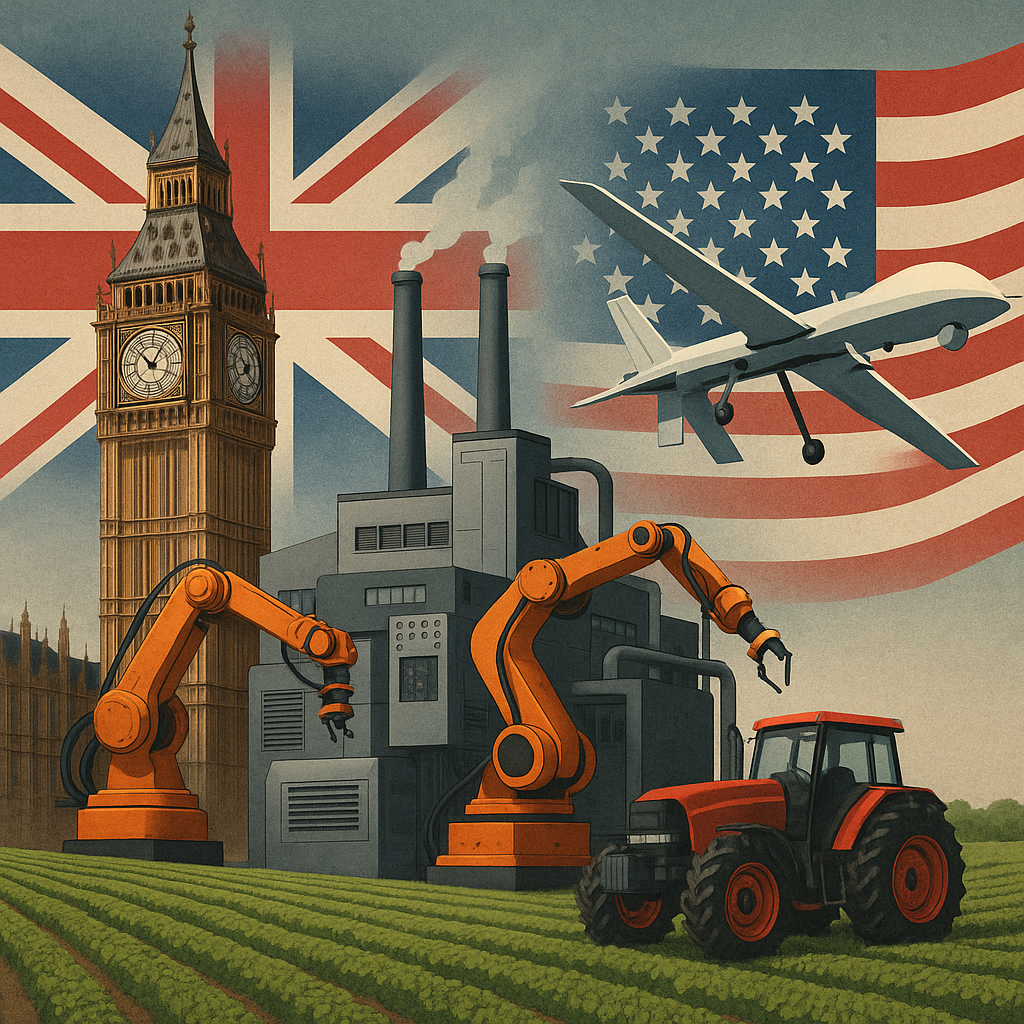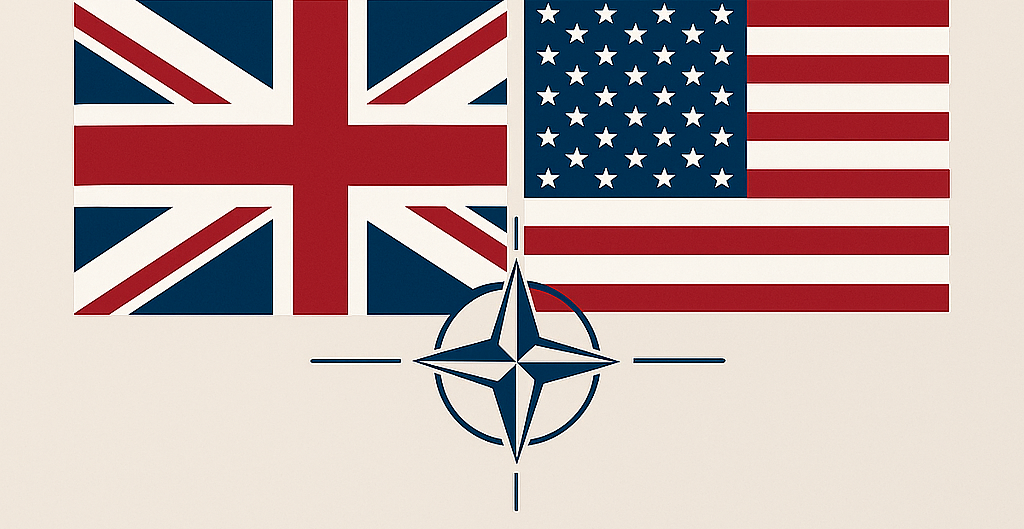Britain’s new industrial strategy creates fertile ground for deeper ties with America’s heartland
The UK’s updated strategy dovetails neatly with the ambitions of Missouri—and reveals how a “special relationship” can be built on advanced manufacturing, agri-tech, and shared resilience.
This month, the British government published its Modern Industrial Strategy—a quietly ambitious document that marks a long-overdue shift in economic policy. Gone are the vague slogans of levelling up; in their place is something sturdier: a coherent focus on eight high-growth sectors, ranging from clean energy and defence technologies to life sciences and artificial intelligence.
Though it is domestically framed, the strategy carries unmistakable international implications. For its ambitions to succeed, Britain will need more than domestic reform; it will require partners. Among the most natural and overlooked of those is the American Midwest—and in particular, Missouri.
Unlikely, but not unready
Missouri is not often at the forefront of international economic thinking. Yet it should be. Nestled in the centre of the North American continent, it has emerged as a serious industrial player. St. Louis is home to Boeing’s defence and unmanned aircraft divisions. The state houses the world’s most concentrated animal health corridor. It is investing heavily in agri-tech, precision farming, and renewable energy. Its manufacturing base is skilled, its regulatory climate predictable, and its infrastructure impressive.
Already, this industrial depth has yielded transatlantic links. British agri-tech firms have explored trials in Missouri’s expansive fields and partnerships with industry leaders based in the state. Defence suppliers on both sides of the Atlantic have found common ground in joint procurement programmes dating back decades. Life sciences collaborations have quietly taken shape. The new British strategy presents an opportunity to build on what has already been established.
Strategic harmony
The fit between British industrial ambitions and Missouri’s capabilities is surprisingly tight.
Consider advanced manufacturing. Britain wants to drive productivity in high-value sectors through automation and cleaner energy inputs. Missouri has long been a manufacturer of complex systems—from aerospace to energy storage—and is already investing in greener supply chains. Joint ventures, supply-chain localisation, and clean-tech pilots could deepen this overlap.
In life sciences, Britain is streamlining regulatory approval and positioning itself as a leader in biotech. Missouri, with its focus on both human and animal health, offers scalable research environments and biomanufacturing capacity. Shared trials, reciprocal licensure pathways, and joint IP development are ready for takeoff.
Agri-tech, perhaps more than any other sector, embodies the case for partnership. Britain’s constrained landmass forces innovation. Missouri’s vast farmland provides the proving ground. From robotics and data-driven farming to biofuels and synthetic fertilisers, there is room for co-development, not just commerce.
Even in defence, the parallels are promising as history has shown us through projects like the Harrier aircraft. Britain is doubling down on AI-enabled military technologies. Missouri builds the systems that carry them. In clean energy, too, both regions are experimenting with grid-connected industry and long-duration storage.
Add to this Missouri’s growing capacity in cybersecurity and geospatial analysis, and Britain’s investment in digital infrastructure and AI ethics, and the industrial puzzle begins to assemble itself.
From goodwill to growth
Yet alignment alone does not produce action. Institutional scaffolding is needed. An organized effort could help synchronise research priorities, investment incentives, and regulatory frameworks. Trade missions that generate results—which have occured for years between the UK and Missouri—should find a boost under the new strategy.
Financial coordination matters too. UK Export Finance can play a role in supporting British firms looking to co-locate with Missouri manufacturers. Conversely, Missouri’s growing roster of early-stage agri-tech and AI and geospatial firms would benefit from access to UK capital markets and EU-adjacent regulatory regimes.
Universities—Missouri’s land-grant institutions and Britain’s research powerhouses—can drive the next generation of bilateral talent through joint fellowships, field labs, and digital campuses.
Even at a diplomatic level, there is room to act. Our British Consulate in Chicago and my role as HM Hon. Consul to Missouri have long operated as nodes of goodwill. Our role could now evolve into an even more active industrial diplomacy: convening summits, de-risking trade, and spotlighting success.
The new special relationship
Sir Winston Churchill’s special relationship is often framed in terms of shared history, language, and wartime alliance. And that will continue, especially due to the ongoing work of America’s National Churchill Museum in Fulton, Missouri. But in the decades ahead, its most resilient form may be industrial: forged in lab partnerships, dual-fuelled supply chains, and mutual investment in the machinery of prosperity.
Missouri, often dismissed as flyover country, is a modern economic node. Britain, through this strategy, has signalled a willingness to think beyond the M25. Both sides would benefit from acting on that alignment—not as a symbolic gesture, but as a deliberate economic choice.
As Britain retools for a new era, and Missouri looks outward for growth, the bridge between Westminster and Jefferson City is already taking shape. It now requires only one thing: traffic.



